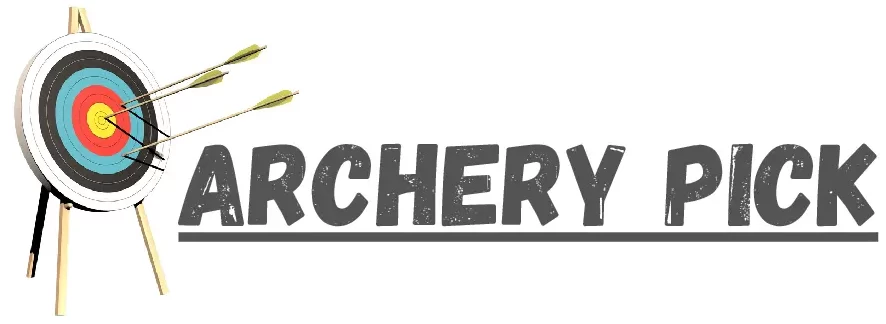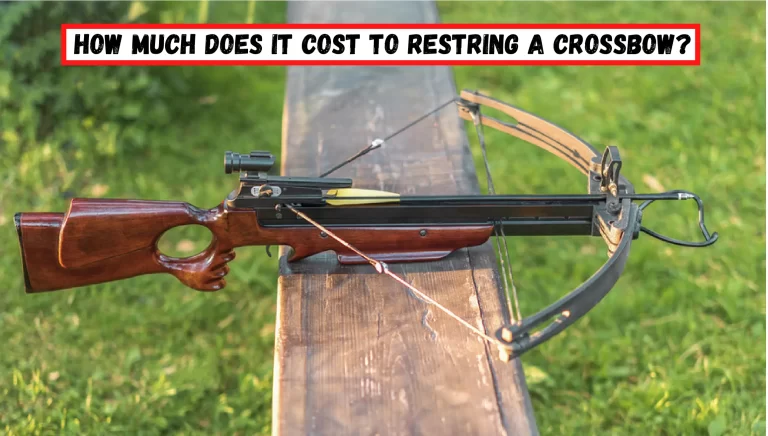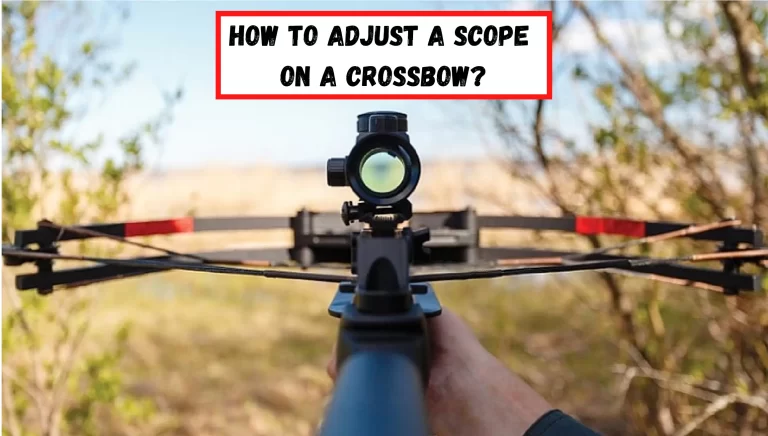What Sets a Crossbow Apart From Other Bows? – [The Truth]
"As an Amazon Associate, I earn from qualifying purchases. This post contains affiliate links"
Crossbows have long been a popular choice for hunting, archery sports, and even military and self-defense situations. But what sets a crossbow apart from other bows?
In this blog post, we will explore the physical and performance differences between crossbows and other types of bows, including compound bows, recurve bows, and longbows.
By comparing the design and mechanics of these pieces of equipment, we will gain a better understanding of what makes a crossbow unique and how it compares to other bows in terms of accuracy, power, and versatility.
Physical Differences between Crossbows and Other Bows

The overall structure and design of a crossbow consists of a horizontal limb assembly, a prod (or bowstring), and a trigger mechanism. The limb assembly is composed of the top and bottom limbs, which are attached to the crossbow’s stock and serve as the base for the prod.
The prod is a flexible, high-tension element that stores energy and propels the bolt (crossbow arrow) when released. The trigger mechanism is used to release the prod and fire the bolt.
Crossbow vs Compound Bow
One key physical difference between a crossbow and a compound bow is the use of a pulley system. Compound bows utilize a system of pulleys and cables to reduce the amount of force needed to draw the string back, allowing for a smoother and easier shot.

Crossbows, on the other hand, do not use a pulley system and rely on the physical strength of the shooter to draw the string back. This results in a higher draw weight for crossbows compared to compound bows. In terms of shape and size, crossbow limbs are generally shorter and wider than compound bow limbs.
Crossbow vs Recurve Bow
When comparing a crossbow to a recurve bow, another key physical difference is the lack of a pulley system in the crossbow. Recurve bows do not use a pulley system either, but they have a distinct curve in their limbs that allows for a longer draw length and a higher potential for arrow speed.
Crossbow limbs, on the other hand, are generally straight and do not have this curve. In terms of bowstring, recurve bows use a traditional bowstring made of multiple strands of material, while crossbows use a single, solid string.
Crossbow vs Longbow
Finally, a crossbow differs physically from a longbow in several ways. Longbows have longer, narrower limbs and use a traditional bowstring made of multiple strands of material. They also do not have a trigger mechanism like a crossbow does.
Instead, the shooter must use a “finger release“ to release the bowstring and fire the arrow. The lack of a trigger mechanism results in a slower rate of fire for longbows compared to crossbows.
Our Experience with the Best Pistol Crossbow on the Market.
Performance Differences Between Crossbows and Other Bows
One performance difference between crossbows and other bows is the higher draw weight and resulting higher arrow speed of crossbows.
Because crossbows do not use a pulley system to reduce the force needed to draw the string back, they typically have a higher draw weight than other types of bows. This results in a higher potential for arrow speed when the string is released.
Another performance advantage of crossbows is their greater accuracy and longer effective range. This is largely due to the use of a scope and trigger mechanism, which allows the shooter to aim more precisely and release the string with consistent force. The result is a more predictable and consistent shot, with a longer maximum range compared to other bows.
In terms of knockdown power
Crossbow bolts may have a higher potential for kinetic energy and resulting greater stopping power compared to arrows shot from other bows. This is due to the higher arrow speed and heavier weight of crossbow bolts.
However, it is important to note that the actual knockdown power of a crossbow will depend on various factors such as the type of bolt and the specific hunting situation.
In Terms of Noise and Vibration
Crossbows may have lower levels compared to other bows due to the use of a trigger mechanism and the absence of a bowstring. This can be beneficial in hunting situations where stealth is important.
However, some crossbows may still produce noticeable noise and vibration, so it is important to consider the specific model and its performance in this regard.
Uses and Applications
Other bows, such as compound bows, recurve bows, and longbows, have traditionally been used in hunting and archery sports. In recent years, however, crossbows have become increasingly popular in these settings as well. The higher arrow speed and accuracy of crossbows, combined with their versatility and adaptability, make them a useful tool for both recreational and professional hunters.
Crossbows have also found a use in military and self-defense situations. The ability to shoot precise, powerful bolts at long range makes them valuable equipment in these contexts. In addition, the use of a trigger mechanism allows for a faster rate of fire compared to other bows.
In addition to their use in hunting and self-defense, crossbows have also been utilized in rehabilitation and therapy settings. The lower draw weight and ease of use of crossbows make them accessible to individuals with mobility or strength limitations.
The act of shooting a crossbow can also provide a sense of accomplishment and improvement for those working to regain physical function.
- Our First-Hand Experience with the Best Crossbow for Beginners.
Conclusion
So what sets a crossbow apart from other bows?
Crossbows offer a unique combination of physical and performance differences compared to other types of bows.
The overall structure and design of a crossbow, including the horizontal limb assembly, prod, and trigger mechanism, sets it apart from other bows such as compound bows, recurve bows, and longbows.
These differences result in higher arrow speed, greater accuracy and effective range, and the potential for higher kinetic energy and knockdown power. Crossbows have found a place in traditional hunting and archery settings, as well as military and self-defense situations.
As you consider your bow needs and preferences, it is important to weigh the specific characteristics and capabilities of crossbows in order to determine if it is the right choice for you.
Thanks For Visiting!
Related Articles:-







